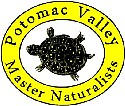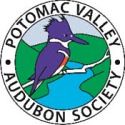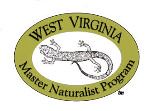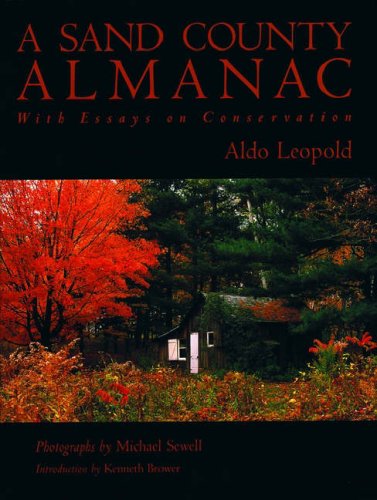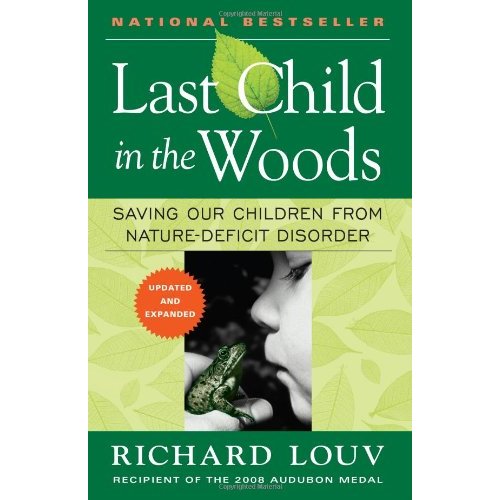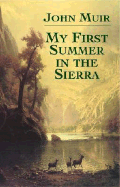PVMN picnic
Tuesday, October 30, 2012
- By Unknown
Just a little over a week to go! The election?…NO! The PVMN picnic and Graduation Day for those of us in the class who finally finished the Master Naturalist requirements. And that includes yours truly. Congratulations to us all. We knew we’d finally catch up to our classmates who graduated last year. Finishing everything in one year took a lot of effort so belated congratulations to them too. So don’t forget the November 10 PVMN picnic. Bring a pot luck, your own utensils, some money to bid on the silent auction items and, if you can, a donation for the auction. I’d like to do a survey of the class. What did you do for your volunteer hours and where? And do you have any ideas for future volunteering? E-mail me at linlmercer@aol.com and I'll put them in the next blog. See you at the picnic.
A Cautionary Tale on identifying plants
Friday, October 12, 2012
- By Unknown
Plant identification is certainly hard enough especially for those of us who are not botanists but it really gets difficult when the plant characteristics are similar. I recently went on line to ID a suspicious patch of weedy grassiness on the east side of my house, one of the areas I’ve been letting grow in preparation for a wild yard application. My relief that it wasn’t Japanese stilt grass was short-lived when I discovered a real patch of the stuff on the south side of the house. I live on the side of a mountain ridge. Back to the computer. The predominant wavy leaf pattern and occasionally ambiguous pictures led me to believe that the east side patch was wavy leaf basket grass, an invasive from Asia that is like J. stilt grass in many ways. Big mistake. My first clue should have been the reported distribution of wavy leaf on the Early Detection & Distribution Mapping System (EDDMapS) (none in WV) but I thought the wavy leaf was a dead sure ID. Yesterday, thanks to further research on the internet and a great e-mail description plus a really good picture from Kerrie Kyde, the invasive plant ecologist with Maryland DNR (where the first actual discovery was made in Patapsco State Park), I realized it was Arthraxon hispidus also know as joint-head grass or small carpet grass which is now wide-spread over our area. Moral of the story - do your research and then do it again, unless you have seen it Ided in the flesh, so to speak. Fortunately, EDDMapS has a verification procedure so I would have been busted sooner or later. More on EDDMapS and the Mid-Atlantic Early Detection Network (MAEDN) later. Kerrie also tells me that there is a Cooperative Weed Management Area training taking place at NCTC on November 7 from 9 to 3. It covers how to establish and manage a Weed Management program. It is free except for the obligatory NCTC lunch. If anyone is interested, e-mail me and I will send you a copy of the flyer.
On a happier note, classmate Karen Eddleman, sends us sources for those who are interested in native bees.
“While working on a citizen science project, I came across this beautiful publication (online and PDF) prepared by the USDA. The artwork is amazing! The booklet gives information about the more common native bee species and also some information about pollinator gardens and building nesting structures for mason and other bee species. I think it would be a terrific resource for anyone instructing older students or adults on the topic.” Here's a link: http://www.fs.usda.gov/Internet/FSE_DOCUMENTS/stelprdb5306468.pdf
I took a peak and it really looks like a great educational tool.If you have comments (constructive only please) or an idea for a future blog, e-mail me at
linlmercer@aol.com. or linlmercer@gmail.com I usually check the aol account more often.
On a happier note, classmate Karen Eddleman, sends us sources for those who are interested in native bees.
“While working on a citizen science project, I came across this beautiful publication (online and PDF) prepared by the USDA. The artwork is amazing! The booklet gives information about the more common native bee species and also some information about pollinator gardens and building nesting structures for mason and other bee species. I think it would be a terrific resource for anyone instructing older students or adults on the topic.” Here's a link: http://www.fs.usda.gov/Internet/FSE_DOCUMENTS/stelprdb5306468.pdf
I took a peak and it really looks like a great educational tool.If you have comments (constructive only please) or an idea for a future blog, e-mail me at
linlmercer@aol.com. or linlmercer@gmail.com I usually check the aol account more often.
Join a PVAS Committee!
Monday, September 17, 2012
- By Ellen
Earn Volunteer Hours! Help PVAS Plan New Nature Programs,
Work on Conservation Issues, or Assist in the Management of PVAS's Nature
Preserves
PVAS has formed four new committees - Adult Services, Youth Services, Conservation and Land Management. We would like to seek your help and tap into the talent and expertise of the Potomac Valley Master Naturalists in areas of your interest or expertise. If you're not an expert then you can learn as you earn volunteer hours for your help.
The Adult Services and Youth Services committees need PVMN alums who are willing to lead trips and/or serve as subject matter nature experts. Here is a chance to use your knowledge of butterflies, dragonflies, wildflowers, trees and shrubs, reptiles, amphibians, birds or other natural resources for the benefit of PVAS. Or, join one of these committees to help plan new activities. For more information on Adult Activities, contact Sandy Sagalkin at monsansagalkin@myactv.net or 240-291-6465. For Youth Activities, contact Jim Jenkins at jenkinsjim@verizon.blackberry.net or 571-209-7350. These two committees often work together in planning family activities.
The Conservation committee is looking for new members who are interested in protecting grassland birds, species whose populations are in serious decline; in promoting the availability of certified shade-grown coffee in our service area; and in developing policies for PVAS's adoption of public advocacy positions. For further information, contact Heather McSharry at heather_mcsharry@yahoo.com or 304-707-5758.
The Land Management committee is looking for members that want to assist in the management and development of Yankauer Nature Preserve, Eidolon, and the Stauffer's Marsh Nature Preserve. For further information, contact Lou Scavnicky at captainlou@comcast.net or 304-262-7496.
PVAS has formed four new committees - Adult Services, Youth Services, Conservation and Land Management. We would like to seek your help and tap into the talent and expertise of the Potomac Valley Master Naturalists in areas of your interest or expertise. If you're not an expert then you can learn as you earn volunteer hours for your help.
The Adult Services and Youth Services committees need PVMN alums who are willing to lead trips and/or serve as subject matter nature experts. Here is a chance to use your knowledge of butterflies, dragonflies, wildflowers, trees and shrubs, reptiles, amphibians, birds or other natural resources for the benefit of PVAS. Or, join one of these committees to help plan new activities. For more information on Adult Activities, contact Sandy Sagalkin at monsansagalkin@myactv.net or 240-291-6465. For Youth Activities, contact Jim Jenkins at jenkinsjim@verizon.blackberry.net or 571-209-7350. These two committees often work together in planning family activities.
The Conservation committee is looking for new members who are interested in protecting grassland birds, species whose populations are in serious decline; in promoting the availability of certified shade-grown coffee in our service area; and in developing policies for PVAS's adoption of public advocacy positions. For further information, contact Heather McSharry at heather_mcsharry@yahoo.com or 304-707-5758.
The Land Management committee is looking for members that want to assist in the management and development of Yankauer Nature Preserve, Eidolon, and the Stauffer's Marsh Nature Preserve. For further information, contact Lou Scavnicky at captainlou@comcast.net or 304-262-7496.
Subscribe to:
Posts (Atom)

